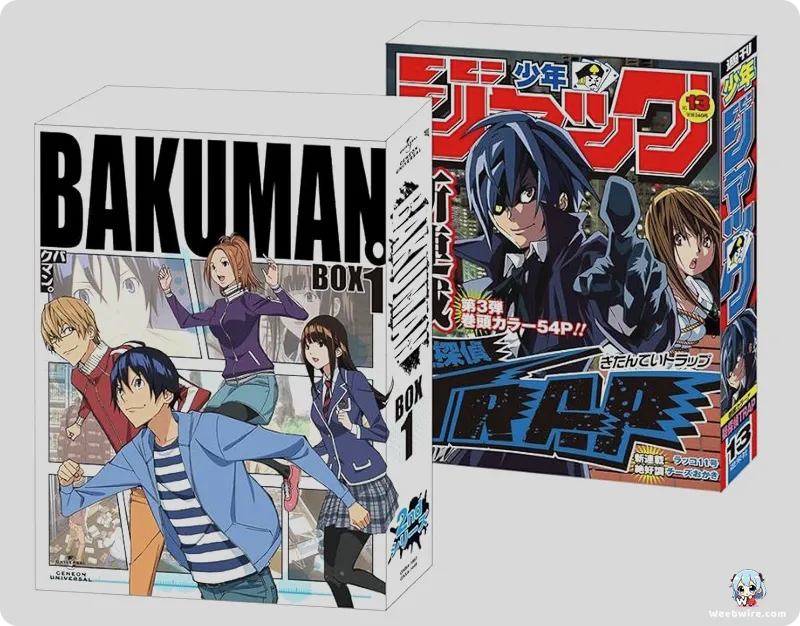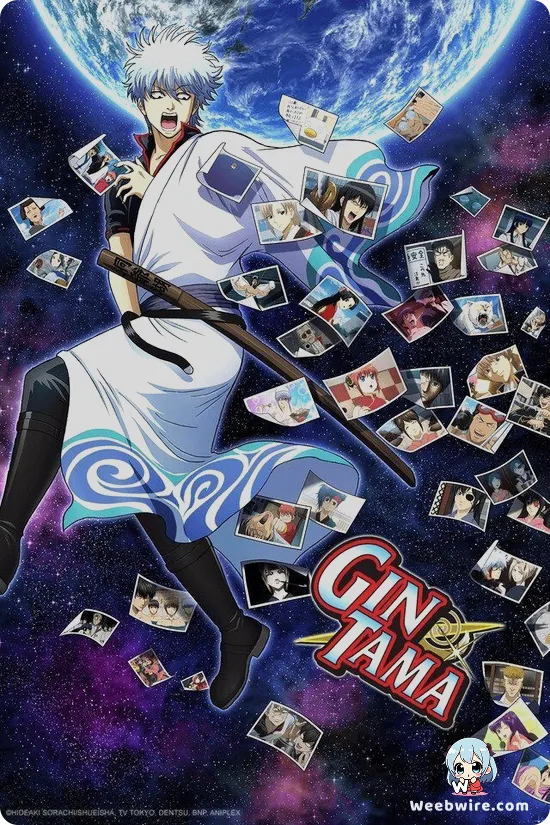Beyond Death Note: How Bakuman. Exposed the Brutal, Unseen Realities of the Manga Industry

The Climax of Creative Competition
The third season of Bakuman., a highly regarded series created by the acclaimed duo Tsugumi Ohba (writer) and Takeshi Obata (artist) known globally for Death Note, concludes a narrative distinctly different from their supernatural thriller. Bakuman. 3 delivers the powerful culmination of a hyper-realistic struggle: the relentless pursuit of serialization success within the demanding Japanese manga publishing environment. This unique anime is considered an essential text for understanding the industry, offering an unprecedented, almost documentary-like perspective behind the editorial process.
The central focus follows the aspiring mangaka pair, Mashiro Moritaka (artist) and Takagi Akito (writer), operating under the pen name Ashirogi Muto. The series is rich with meta-narrative insights and maintains surprising fidelity to real-world publishing practices.
Industry Accuracy and the Power of the Ankēto
Central to the series' accuracy is the portrayal of the fictional Weekly Shōnen Jack, which functions as a thinly veiled representation of the actual Weekly Shōnen Jump. Every operational mechanism, from the weekly editorial meetings to the core criteria for a successful shonen title, is meticulously detailed. These criteria often reflect Jump’s established guidelines, emphasizing clarity, character appeal, and pacing.
The narrative consistently highlights the severe reality of the Ankēto, the weekly reader survey postcards. Both within the series and in reality, these rankings hold absolute authority; a manga's survival is entirely dependent on consistently high performance. Bakuman. unflinchingly illustrates the intense psychological strain this constant competition imposes on creators, forcing them into perpetual adaptation or swift cancellation. This raw depiction often surprised audiences who anticipated a more romanticized view of artistic endeavor.

Meta-Commentary and Character Dynamics
Adding a significant layer of meta-commentary, the partnership of Ashirogi Muto is frequently interpreted as a fictionalized reflection of Ohba and Obata’s own dynamic: the methodical writer guiding the passionate artist. Their bold decision to follow up the global phenomenon Death Note with a series about the very act of creating manga allowed them to utilize their insider knowledge, providing an authentic foundation while subtly addressing the immense professional pressures they themselves faced.
The detailed exploration of pen names, royalty structures, and the complex relationship between mangaka and editor (masterfully embodied by characters like Hattori) solidifies Bakuman. as both captivating entertainment and a sophisticated educational guide. The eccentric rival, Eiji Niizuma, an artistic prodigy known for his strange habits such as drawing to loud music and possessing an uncanny intuition for reader taste, further enhances the commentary. Niizuma is often viewed as an affectionate, yet exaggerated, caricature of genuine artistic genius, serving as the benchmark that Mashiro and Takagi must overcome through sheer strategic effort.
A Profoundly Earned Conclusion
J.C.STAFF, the studio responsible for all three seasons, expertly transformed the typically static acts of drawing and writing into dynamic, visually thrilling sequences. They achieved this through the use of stylized metaphors and fluid camera work, maintaining high animation standards throughout the dialogue-heavy series.
Finally, the unusual romantic pact between Mashiro and Azuki Miho—vowing to delay their relationship until both achieve their professional dreams—serves as a powerful metaphor for the sacrifice essential for excellence in demanding creative careers. This makes their eventual reconciliation in the climax of Bakuman. 3 one of the most profoundly earned conclusions in modern anime history.
Credits
Bakuman.
Author
Tsugumi Ohba
Cover Art
Takeshi Obata
Studio
J.C.STAFF
Publisher
Shueisha
Producers





